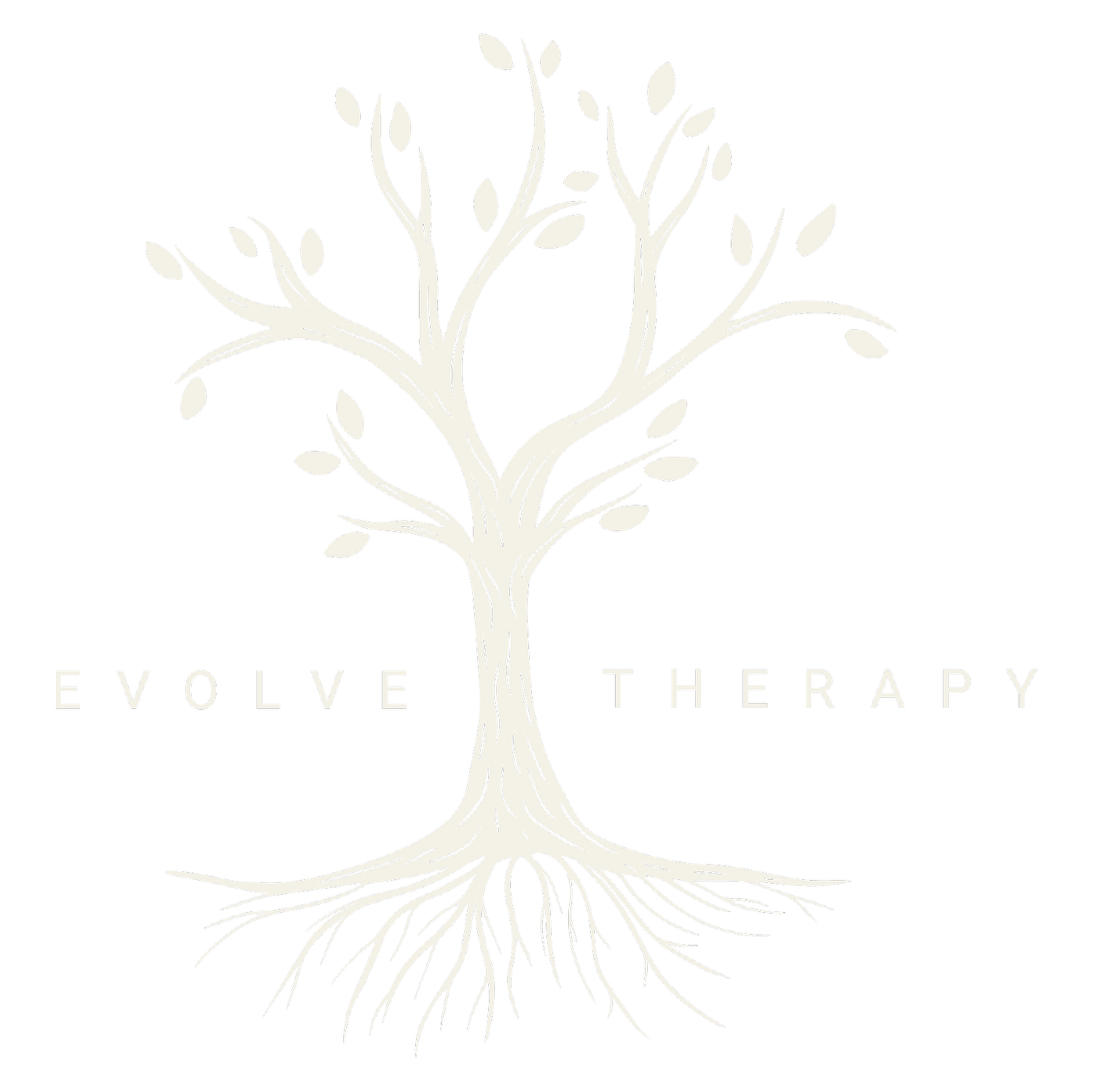Deep Brain Reorienting (DBR)
Therapy in Phoenix, AZ
A gentle, neuroscience-based approach to resolving trauma, anxiety, and chronic pain.
You’ve done the work. But something still feels unfinished.
If you’ve tried talk therapy, self-help, or even other modalities and still feel stuck in old patterns—DBR may be the shift you’ve been needing.
DBR goes beyond surface-level insight to help your nervous system process trauma at its origin.
What Is Deep Brain Reorienting?
Deep Brain Reorienting (DBR) is a gentle, brain-stem-based, body-based therapy that helps us reach the origin of trauma, before overwhelm, shutdown, or self-protection take over.
Unlike talk therapy, DBR works with the body’s instinctive responses that formed in moments of threat or attachment disruption — even ones that happened before you had words or memory. By bringing attention to subtle tension in the face and neck (where the brainstem prepares for orienting to danger), we track the body’s first signal that something wasn’t safe.
DBR helps us process the sequence of that experience without getting flooded, so your system can finally begin to process and release what’s been stuck.
It’s slow. It’s precise. And for many people, it creates a level of healing that feels deeper and more integrated than anything they’ve tried before.
Neuroscience-based
Gentle and non-retraumatizing
Targets early attachment and relational trauma
Complements EMDR and somatic work
Helps process trauma without needing to retell your story
Works with the body's natural healing response, not against it
Ideal for clients who feel stuck despite being self-aware
Addresses patterns held beneath talk, logic, and thought
My Approach to DBR Therapy
I’m a trauma therapist with advanced training in Deep Brain Reorienting (DBR), and I specialize in working with adults navigating anxiety, chronic pain, and complex relational trauma — especially when insight alone hasn’t brought the relief they’re seeking.
I’ve completed DBR Levels 1–3, developmental-based DBR training, and additional training in working with dissociative disorders. I also integrate principles of the Alexander Technique to support embodiment in the healing process.
My work is supported by ongoing consultation with DBR Developer Dr. Frank Corrigan, as well as senior trainers Jessica Christie Sands, Cindy Shrigley, and Tina Shrigley. I'm also a DBR-A (DBR Assistant), assisting in trainings and supporting other therapists as they learn this model.
My style is relational, collaborative, and attuned to the body’s wisdom. I meet you where you are — without pressure or performance — and hold space for what your system is ready to process. You don’t need to have the perfect words or a clear memory. We’ll slow down and listen for the places that have been asking for your attention, and together we’ll follow the thread toward deeper repair.
Is DBR Right for You?
You might benefit from DBR if you:
Feel emotionally hijacked by triggers despite being self-aware
Struggle with chronic pain, anxiety, or freeze responses
Have trauma tied to early caregiving or attachment
Are looking for depth work beyond cognitive tools
What to Expect in a DBR Session
-
There’s no pressure to retell painful stories. We gently notice what arises in the body, creating space for real-time nervous system processing.
-
Deeply calming
Like nothing they’ve every done before
Empowering
A way to feel more whole and integrated
Next-level healing
-
No. DBR does not require you to relive or retell traumatic events in detail. Instead, we gently track internal sensations and subtle shifts, helping your system process the origin of trauma safely and without overwhelm.
-
DBR sessions are calm, structured, and paced to your comfort. We begin with brain-stem level anchoring “grounding,” then bring awareness to an activating moment or situation. From there, we track the body’s responses and work with what arises — without rushing or pushing.
-
DBR works directly with the brainstem — where trauma is held below conscious thought. Unlike talk therapy, which focuses on insight and reflection, DBR helps clear the initial shock behind emotional or physical symptoms.
-
Yes. Many clients with chronic pain, fatigue, or somatic symptoms find DBR helpful. By clearing underlying shock, DBR can reduce pain intensity, restore energy, and create a greater sense of internal peace.
-
DBR is designed to prevent emotional flooding. We move at your pace, and I’m trained to recognize when your system needs support or grounding. Most clients describe DBR as surprisingly gentle and stabilizing.
Ready to Go Deeper?
If you’re seeking DBR therapy in Phoenix—or want to explore whether it’s right for you—I’d be honored to work with you.


